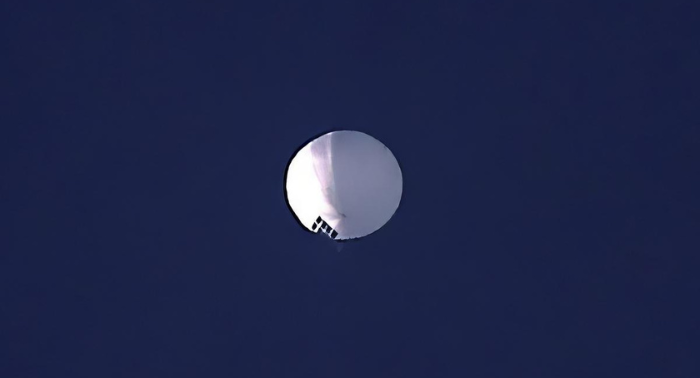Taiwan reported on Monday that six Chinese balloons either passed over the island or through airspace just north of it, alongside the presence of Chinese warplanes and navy vessels in the vicinity.
The deployment of these balloons, which typically drift into the Pacific Ocean to the east, seems to be increasing, although their specific purpose has not been publicly disclosed.
Taiwan’s Defense Ministry documented the sightings of these balloons on a list of activities by the Chinese People’s Liberation Army in the waters and airspace surrounding Taiwan. One of the balloons passed near the southern city of Pingtung, while the others flew just north of the port of Keelung, which houses a crucial naval base for Taiwan.
While it remains unclear whether these balloons serve a distinct military function, they are seemingly part of a broader campaign of harassment aimed at Taiwan. China regards Taiwan as its own territory and has pledged to reclaim it by force if necessary.
In the lead-up to Taiwan’s recent presidential election, China had escalated such activities and rhetorical threats, but these efforts were perceived to have backfired. The independence-leaning Democratic Progressive Party secured a third consecutive term in the presidency under Vice President Lai Ching-te (William Lai). The pro-unification Nationalist Party won just one more legislative seat than the DPP, while the party of former Taipei Mayor Ko Wen-je attracted votes from young people disenchanted with politics.
In early 2023, U.S. President Joe Biden pledged to implement stricter rules for tracking, monitoring, and potentially intercepting unknown aerial objects after a three-week incident involving the discovery of a suspected Chinese spy balloon traversing much of the United States. The U.S. labeled the balloon a military craft, shot it down with a missile, and retrieved what it claimed to be sophisticated surveillance equipment. China vehemently objected, asserting that it was merely a weather balloon that had drifted off course and condemned its downing as a major overreaction.
These actions often fall under the category of China’s “gray area tactics,” which are intended to provoke unease among adversaries without sparking a direct confrontation. China has a history of blurring the lines between military and civilian functions, exemplified in the South China Sea, where it operates a vast maritime militia composed of ostensibly civilian fishing boats that operate under government orders to assert Beijing’s territorial claims.
China’s campaign of intimidation against Taiwan includes the frequent deployment of Chinese warships and aircraft in the waters and airspace surrounding the island, often crossing the middle line of the 160-kilometer (100-mile)-wide Taiwan Strait that separates them. This division occurred following the Communist Party’s rise to power on the Chinese mainland under Mao Zedong’s leadership.
Between Sunday and early Monday, Taiwan’s Defense Ministry reported four Chinese warplanes and four navy ships operating in proximity to Taiwan. Taiwan’s military closely monitored the situation, deploying combat aircraft, naval vessels, and land-based missile systems in response.




